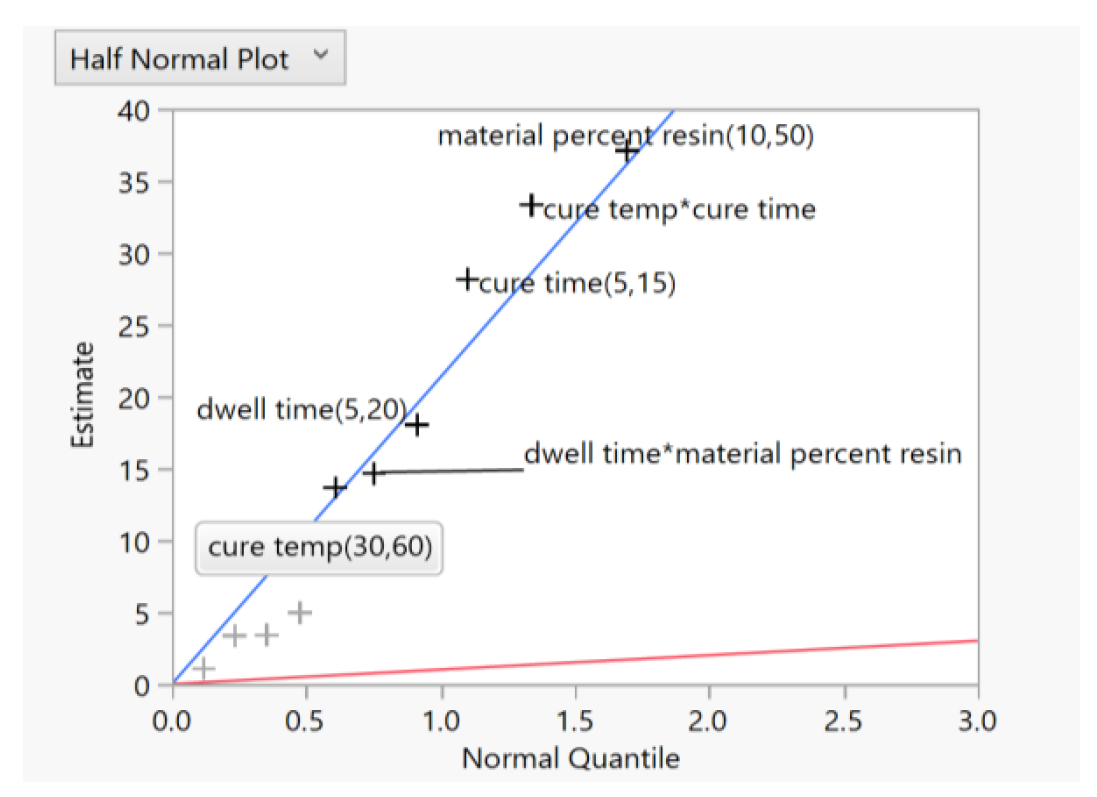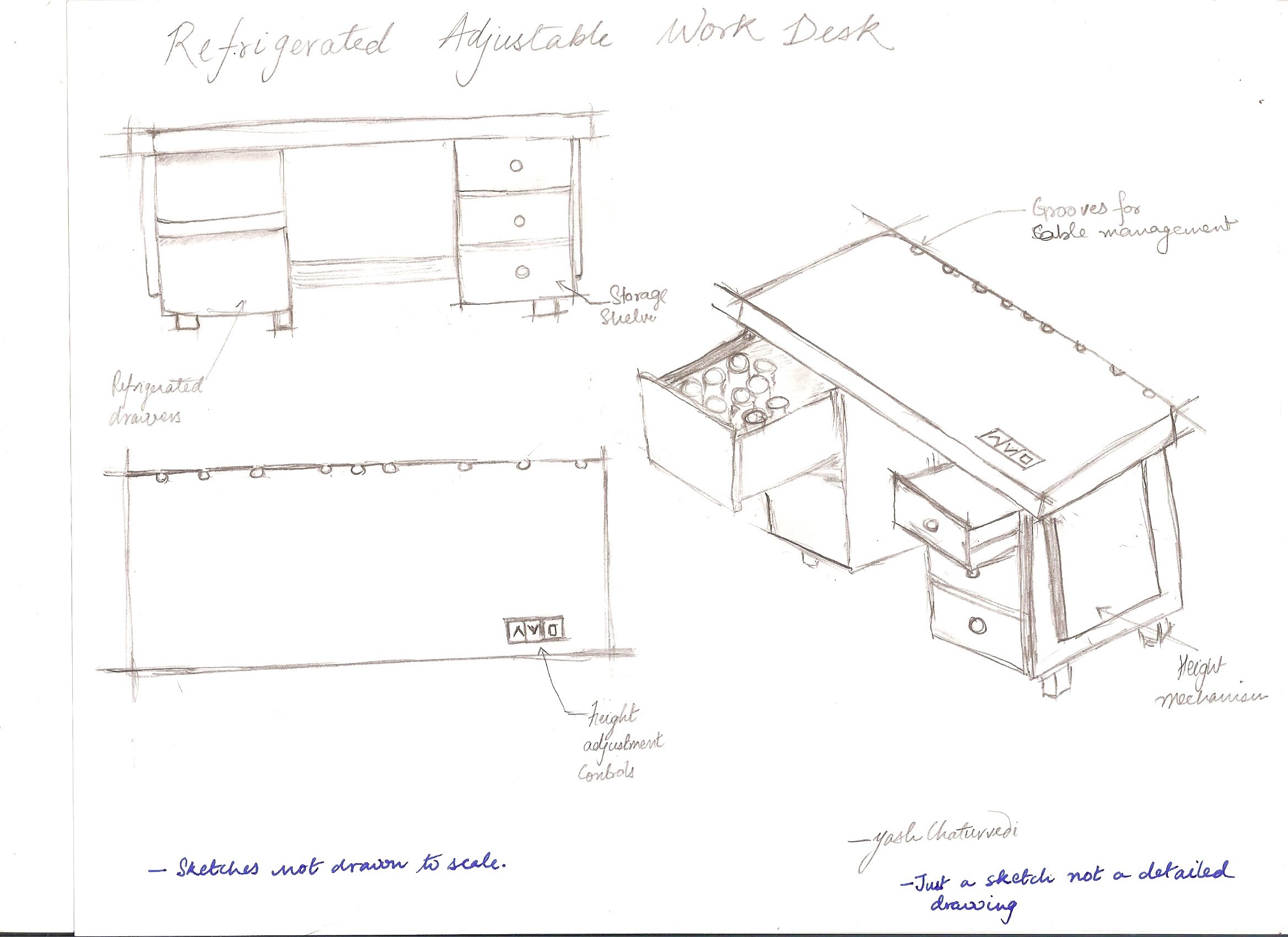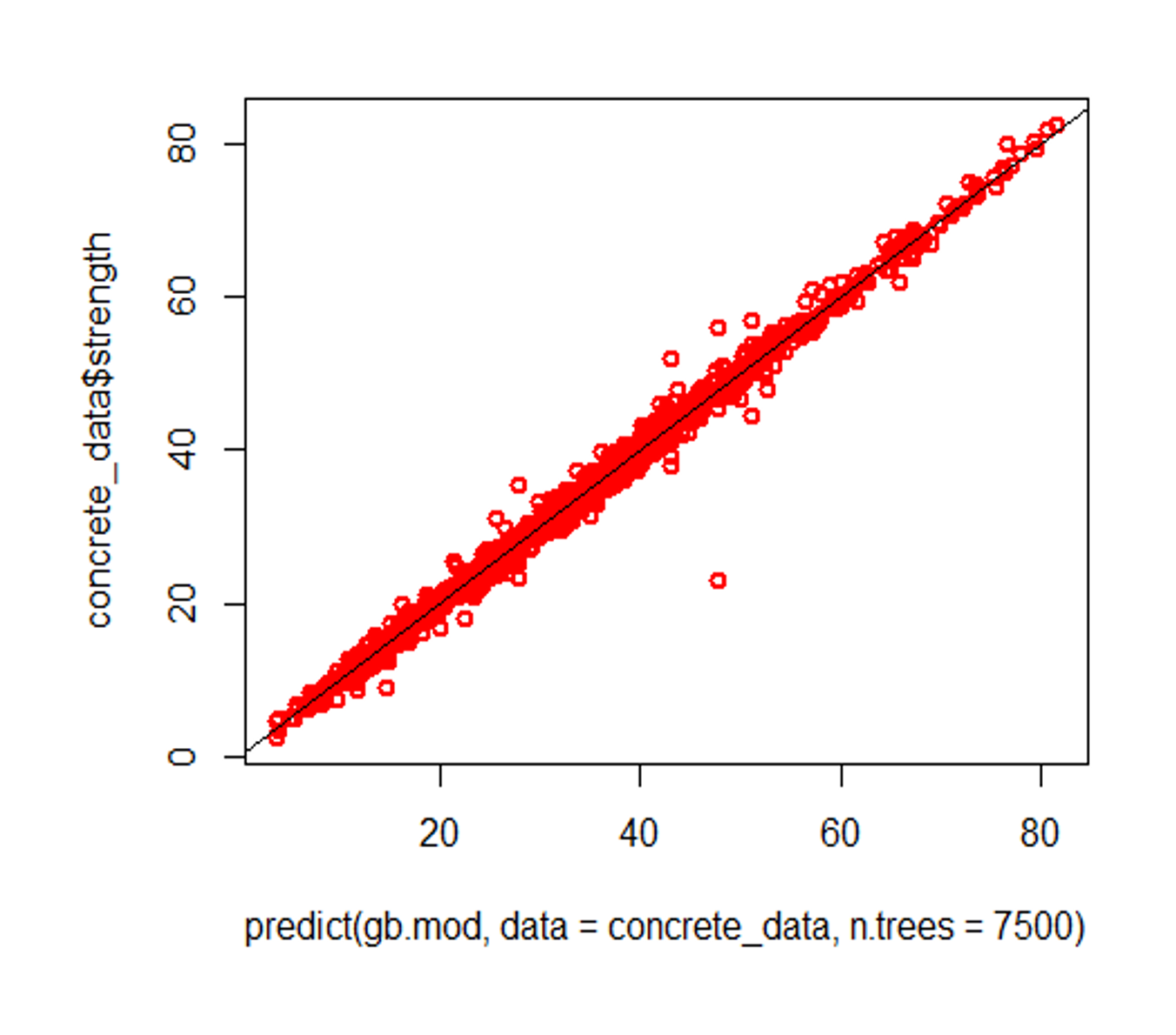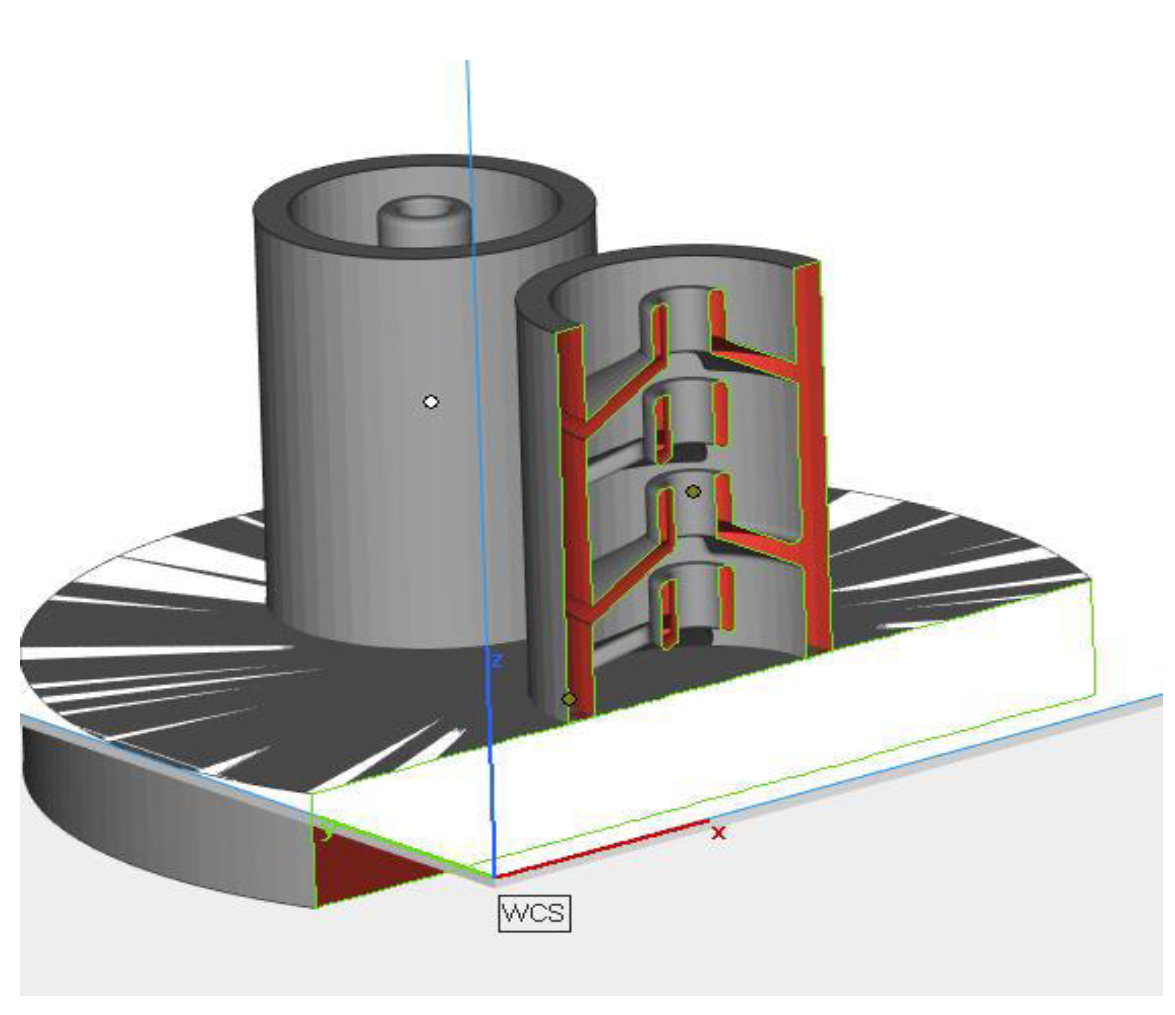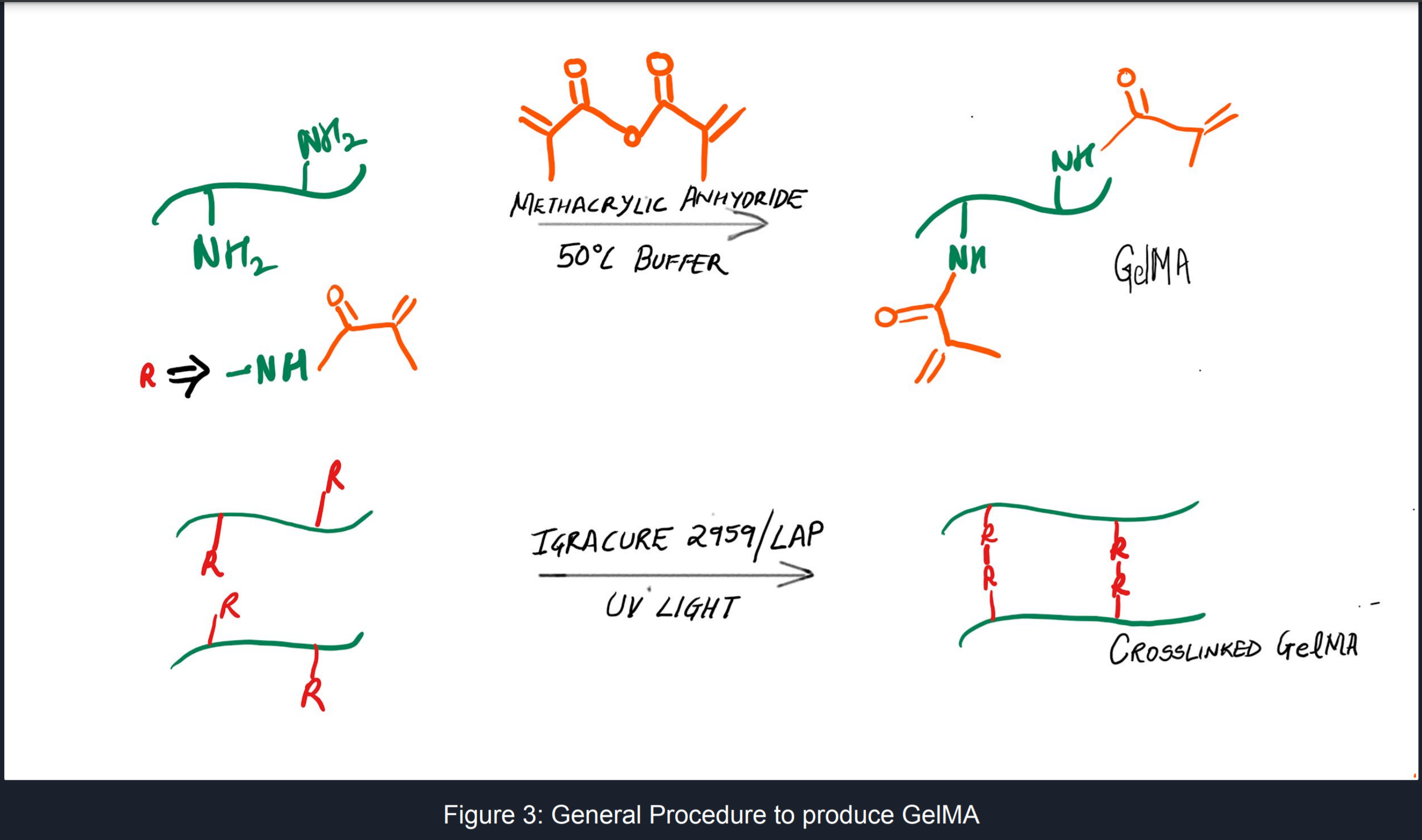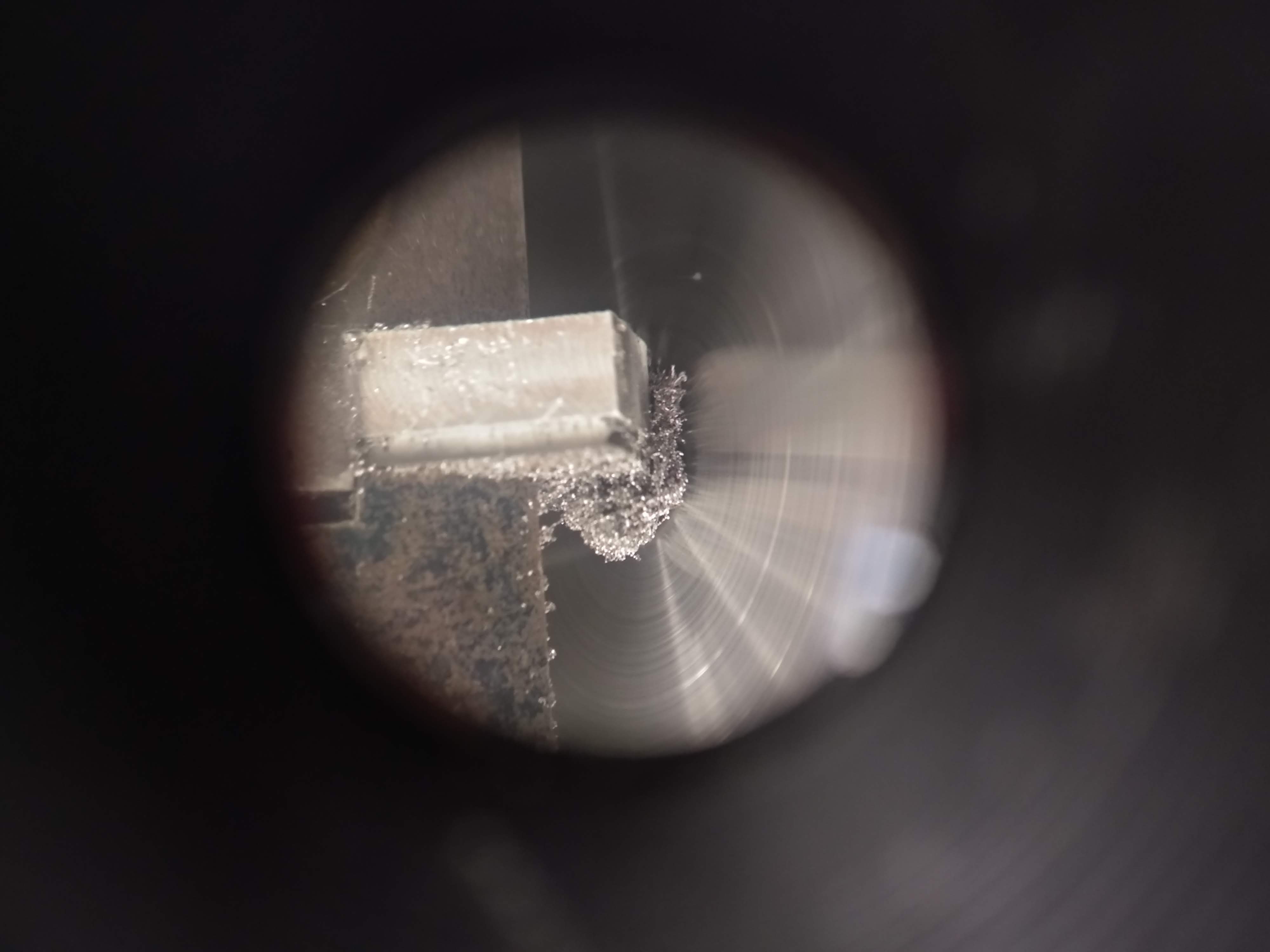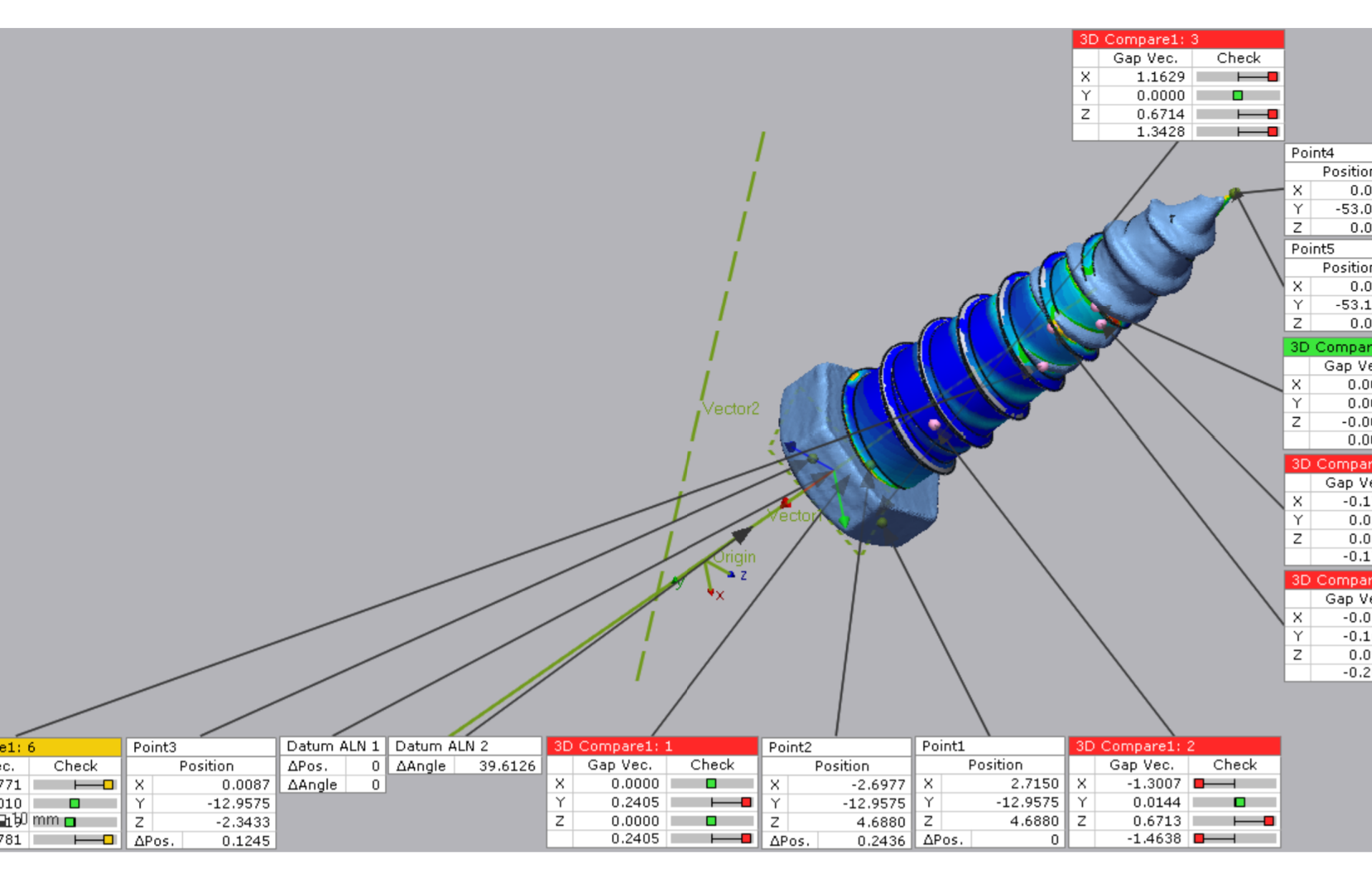Experiment Design Analysis to Minimize Variability of
Injection Molded Precision Plastic Parts
January 2020 - May 2020
The project required the team to work with a local manufacturer who makes
injection
molded precision
plastic parts to
identify factors in the process responsible for variability in the part. The
experiments were
strictly
constrained to 16 process runs per batch with a maximum of 100 runs.
We started
with initial
screening experimental design and ended up optimizing the process
with
response surfaces and central composite design. We also
developed predictive statistical model based on previous injection
molding
operation data to predict the
response of the process when selecting different combination of process parameters.
JMP • Design of Experiments (DOE) • Statistics • Injection Molding • Process Improvement
